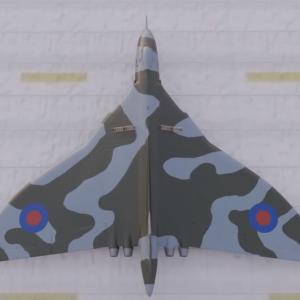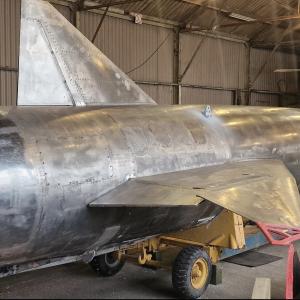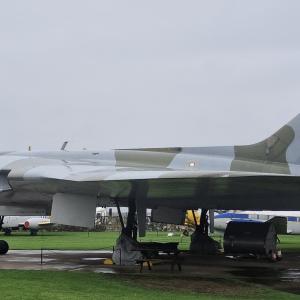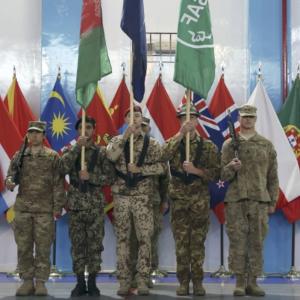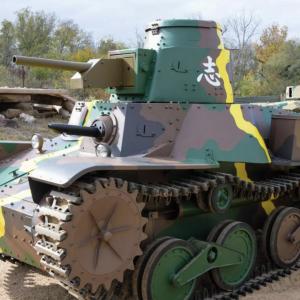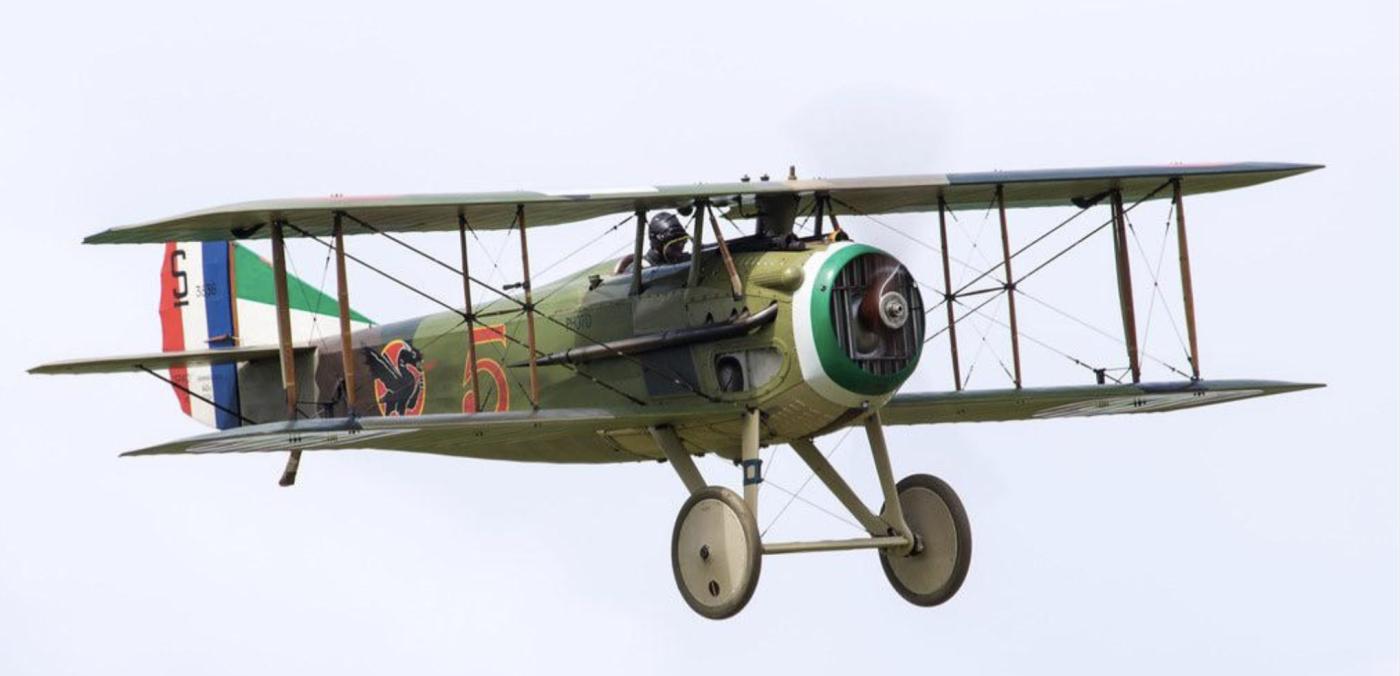
French WW1 Spad Planes
During World War I, French aviation experienced rapid advancements as aerial combat emerged as a critical dimension of modern warfare. Among the many French fighter aircraft developed, the series designed by Louis Béchereau and built by Société Pour L'Aviation et ses Dérivés (SPAD) stood out as some of the most effective and influential planes. Renowned for their speed, durability, and strong armament, these aircraft made significant contributions to Allied air superiority.
The fighter lineage began with the S.VII, introduced in 1916. Louis Béchereau, the chief designer, aimed to create a robust, high-performance plane that could outmatch the German Albatros fighters dominating the skies at the time. Built by the SPAD company, the S.VII incorporated a strong wooden airframe with plywood and fabric covering and featured a streamlined design focused on strength and speed rather than extreme maneuverability.
Powered by the reliable Hispano-Suiza 8A V8 water-cooled engine, the S.VII offered a significant leap in speed and structural integrity. This made it one of the first French fighters capable of diving at high speed without structural failure, an advantage in dogfights.
The initial S.VII quickly gave way to the more advanced S.XIII, which entered service in 1917. This model incorporated a more powerful Hispano-Suiza 8Be engine (about 220 hp compared to the S.VII’s 150–180 hp), allowing it to reach speeds up to 135 mph (217 km/h). It also had a larger wingspan and improved aerodynamics.
The S.XIII became the definitive French fighter of the war, favored for its speed, diving ability, and firepower. Other less common variants included the S.XII, an experimental aircraft equipped with a cannon firing through the propeller hub, though this version saw limited operational use.
These fighters were primarily deployed as front-line pursuit aircraft, excelling in air superiority and escort missions. Their high speed and rugged construction made them ideal for offensive patrols, intercepting enemy reconnaissance aircraft and fighters, and escorting bombers. Pilots often relied on boom-and-zoom tactics—using their superior speed to dive on enemies from above, fire, and then climb back to safety—rather than engaging in prolonged dogfights.
Many famous Allied aces flew these planes, including France’s René Fonck, the United States’ Eddie Rickenbacker, and Canada’s Billy Bishop. Their combat records and pilot endorsements underscored the aircraft’s reputation as a dependable, effective fighter.
The standard armament for the S.VII was a single synchronized Vickers machine gun mounted to fire through the propeller arc. This provided sufficient firepower for the early stages of aerial combat. However, the later S.XIII was equipped with two synchronized Vickers machine guns, doubling its offensive capability and making it one of the most heavily armed fighters of the war.
The S.XII’s unique 37mm cannon was an innovative attempt to increase firepower, but its recoil and handling challenges limited widespread adoption.
These fighters were not the most agile aircraft of the war but compensated with speed, structural strength, and firepower. The S.XIII’s top speed of around 135 mph and excellent diving capabilities gave pilots a tactical advantage. Its robust construction allowed it to withstand the stresses of high-speed maneuvers that other planes could not safely execute.
While not as nimble as some contemporaries like the German Fokker Dr.I triplane, the combination of speed and armament allowed pilots to dictate the terms of combat. The aircraft’s success contributed to the eventual Allied dominance of the air during the final years of the war.
This series left a lasting mark on military aviation. Their design principles—strong airframes, reliable engines, and potent armament—became standard for future fighter development. Moreover, the S.XIII was produced in large numbers, with over 8,000 units built, serving in the French Air Force and several Allied air services.

